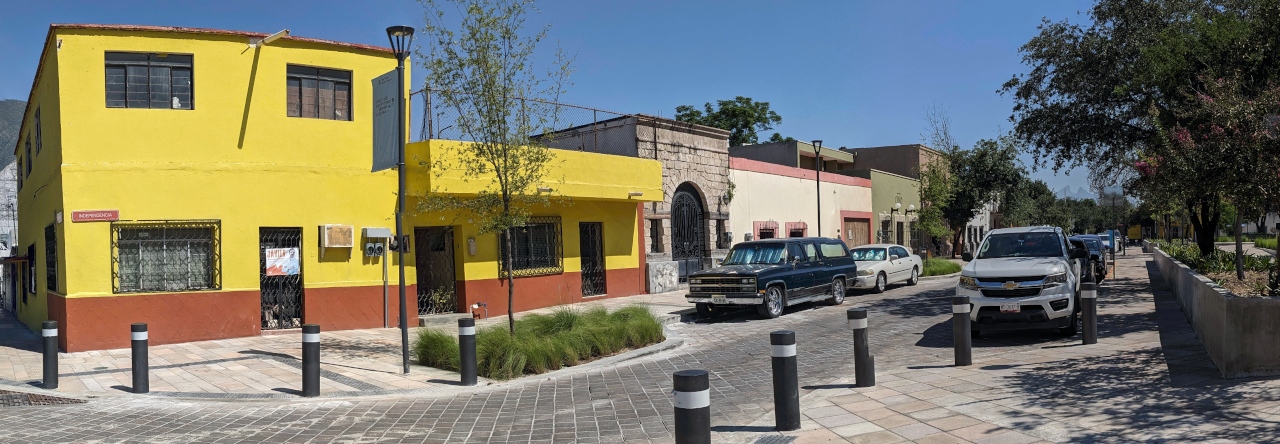This post is about another project. We have too many now, but this one is pretty cool, peripherally related to some other stuff we are already doing, and maybe could even bring some new visitors to our KamVu website. When we lived in Albany, cars sometimes drove by our house faster than we felt was safe with so many kids in the neighborhood and certainly faster than was legal. It never got to the point where we did anything about it, but it seems like there must be a lot of people in a lot of places that have the need to measure the speed of cars passing through their neighborhood.
At the time, I thought it might be fun to put a camera or two in the yard to look at the cars as the go by. It would be a little tough to set them up, but not impossible. The problem is that distinguishing between kids, cats, dogs and all that sort of thing might have been a little tough. I think we still have a wireless camera amongst all our electronics. I do not know why it took me so long, but it dawned on me that if I just put the camera up a lot higher so it was looking down at the street the vision part of the problem would not really be too difficult. It would be possible to capture images of cars passing down the street and calculate their velocity. The whole thing could be done with a remote webcam. My first search on the web turned one up for $43.99.
The thing that is good about it is that we could do it fairly quickly, it would be fairly useful, and it would cost very little.

above is TECH NERD defined!
Could those same cameras be set up to detect any activity in State Motor Vehicle offices?
Hey now THAT is a thought!
Trisha
I interview for Grad School tomorrow! I’m not too worried I just want to be DONE!! I’m getting closer everyday!!
Have a Fabulous Day
Awesome, Trisha!!! You have to let us know how it goes as soon as it is finished! When will you get confirmation that you have been accepted?
Very cool application … If you are measuring velocity; why not include the little animals and humans? A picture of the car or critter would also be a nice touch.
This is something I’ve never thought much about.
If the camera is not directly overhead, how do you account for differences in the depth of field? If the CCD/detector is a plane, and the cars are actually in three dimensions, then the car in the nearest lane would appear to go faster than a car of the same speed in the farthest lane. I suppose since both lanes are very close you could just ignore this factor? This assumes that the camera is mounted at ground level perpendicular to the direction of travel.
Another way might be to specify “paths” and then monitor changes across those pixels? The camera would have to be elevated or the “paths” (i.e. lanes) would overlap. This would be REALLY COOL because then you could measure speed across a curvilinear path.
What about acceleration/deceleration?
Do you calibrate it?
Wow, you can really learn a lot of difference concepts with this project.
Christian, you are so lucky to have Ken as your Dad!
Great questions Eric! We really are looking forward to this. The calibration model we are using is a piece-wise linear calibration that can handle translation in x, y, and z, rotation around x and y, skew, perspective, and some classes of lens distortion, all depending on the quality of the calibration target, the number and spacing of the target elements, the ability to find the target elements in the image, and the ability to accurately measure their world coordinate relationship. As for acceleration/deceleration, it would be great to measure that, but we will probably settle for average speed through the camera’s field of view. The end goal is to be able to put something on our web site that people can download to use with their home computer and a webcam to see if teenagers are speeding through their neighborhoods. It might even work! Thanks for the post!